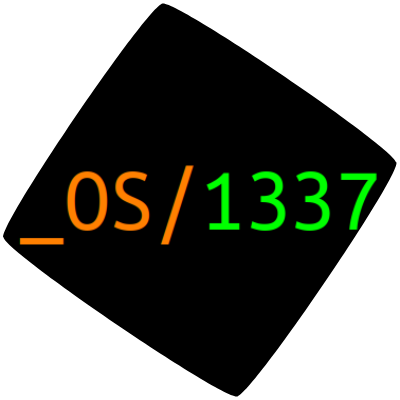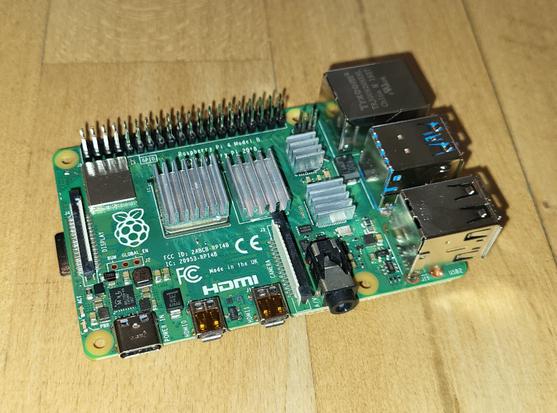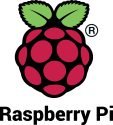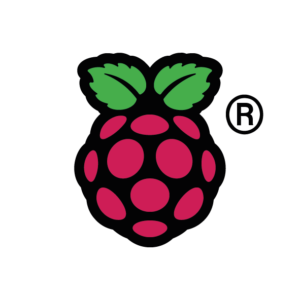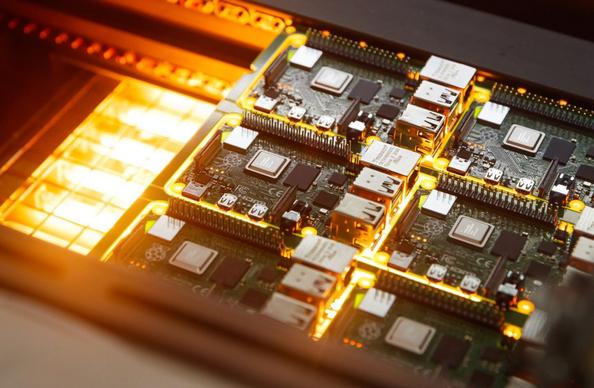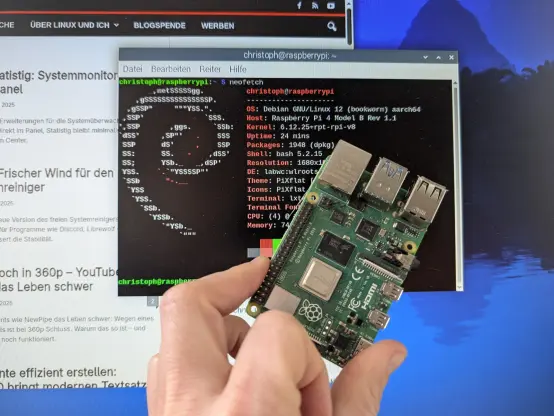Help request to the #Linux hivemind: I got a #Raspberry_Pi 500 and created two users, a root and a non-root user for my son. For some reason the #RaspberryPiOS defaults to log you in without asking for a password, which in my case is undesirable (as I want my son to be able to log in his account without having to log out from mine). If I go in the setting I can disable this, but the side effect now is that lightdm doesn't manage to start when I boot, and has to be started manually by a root user (i.e. me) every time (n.b. without lightdm you can only access the shell and not the graphical interface).
How do I get out of this?
Thanks


